-
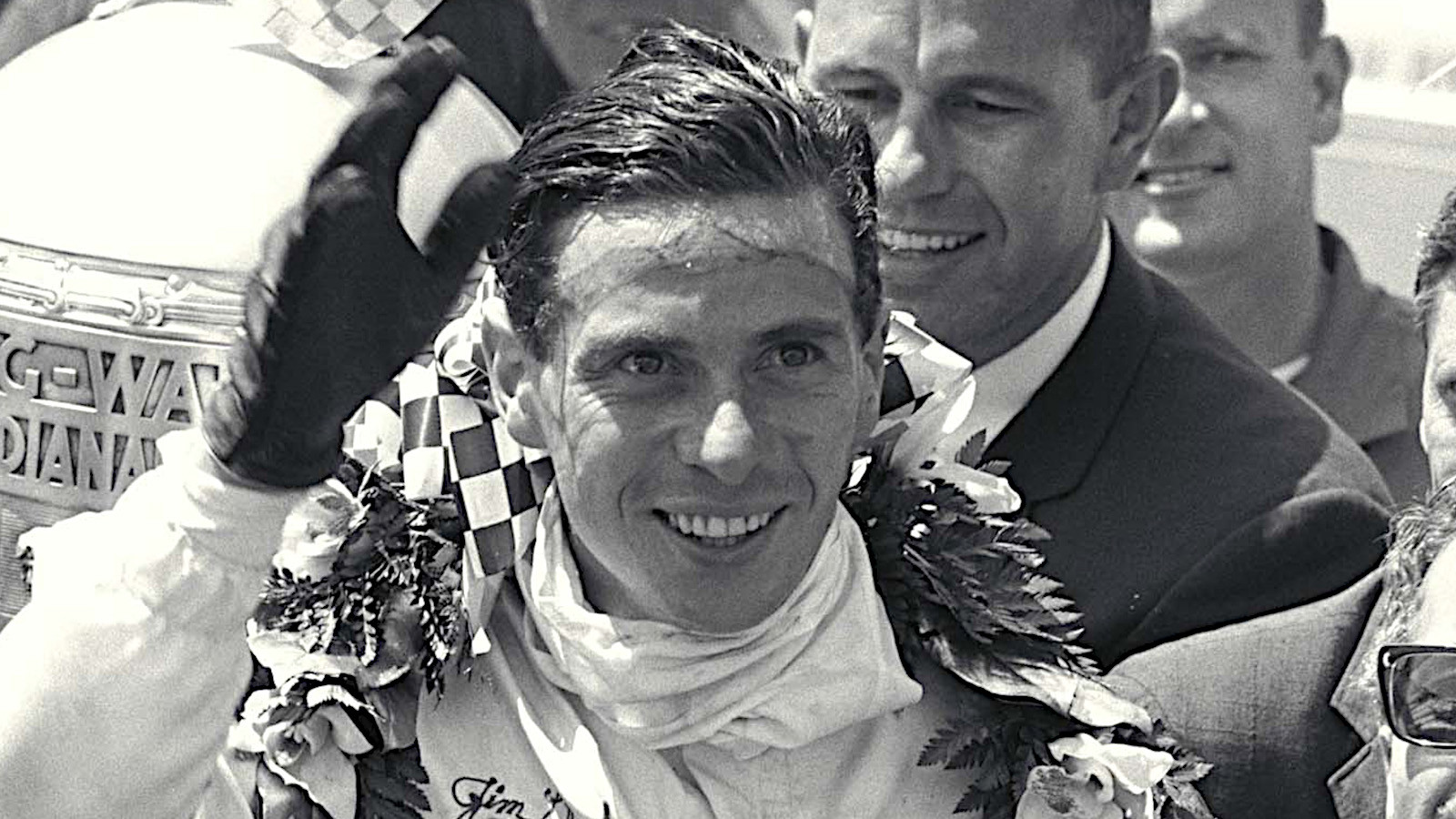 © Ford
© Ford -
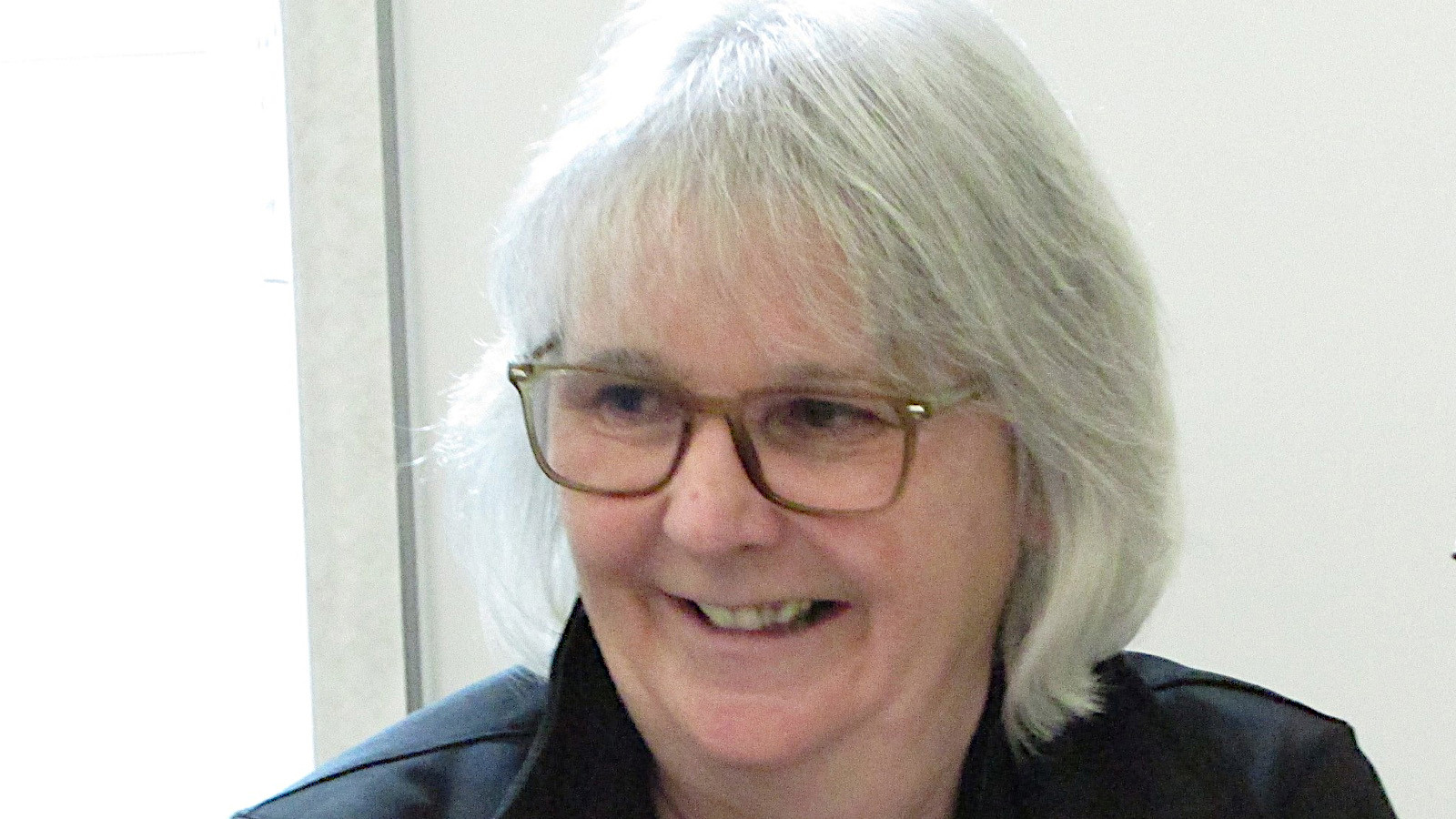 © NRF101/Creative Commons licence: https://creativecommons.org/licenses/by-sa/4.0/legalcode.en
© NRF101/Creative Commons licence: https://creativecommons.org/licenses/by-sa/4.0/legalcode.en -
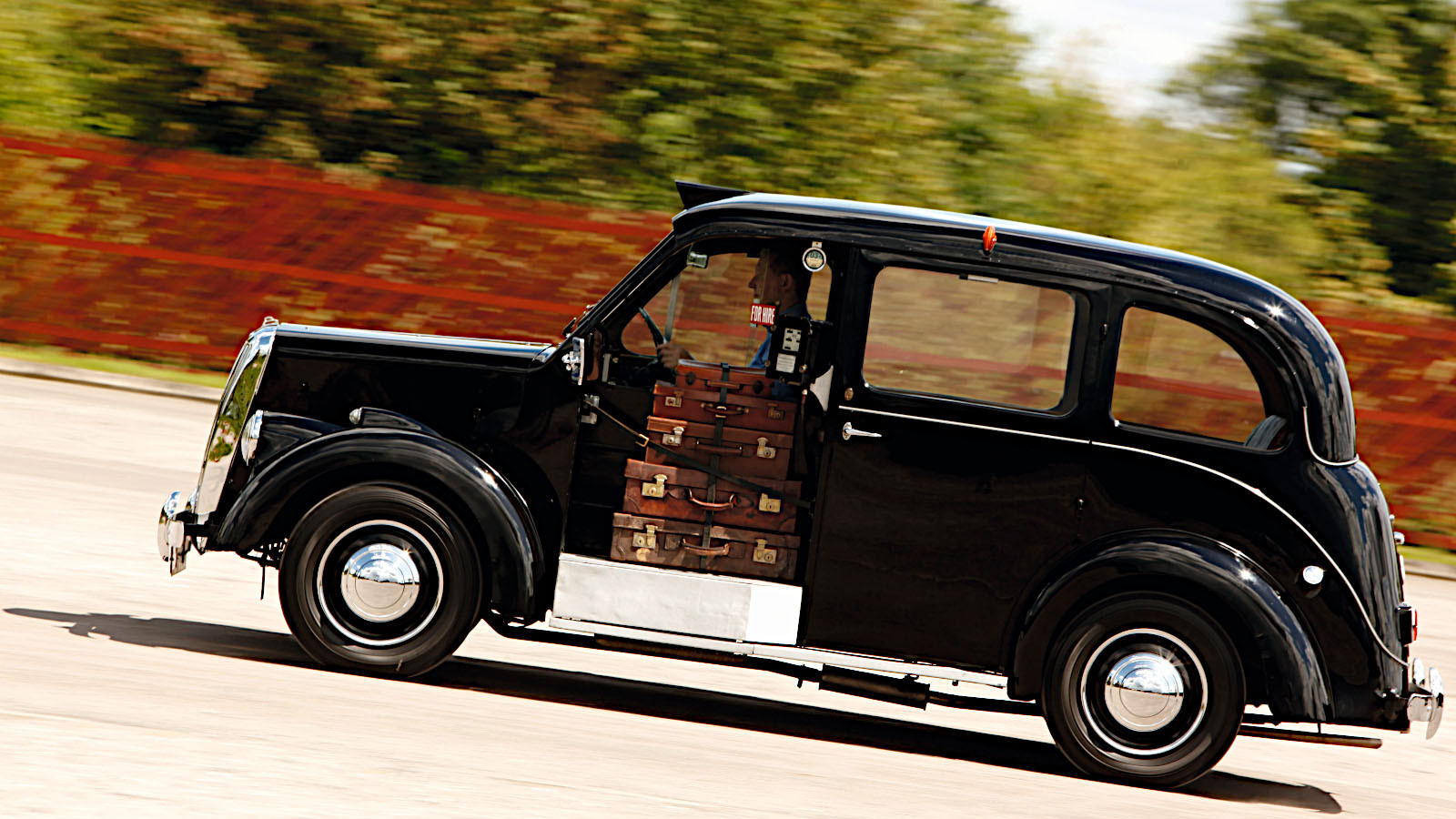 © Tony Baker/Classic & Sports Car
© Tony Baker/Classic & Sports Car -
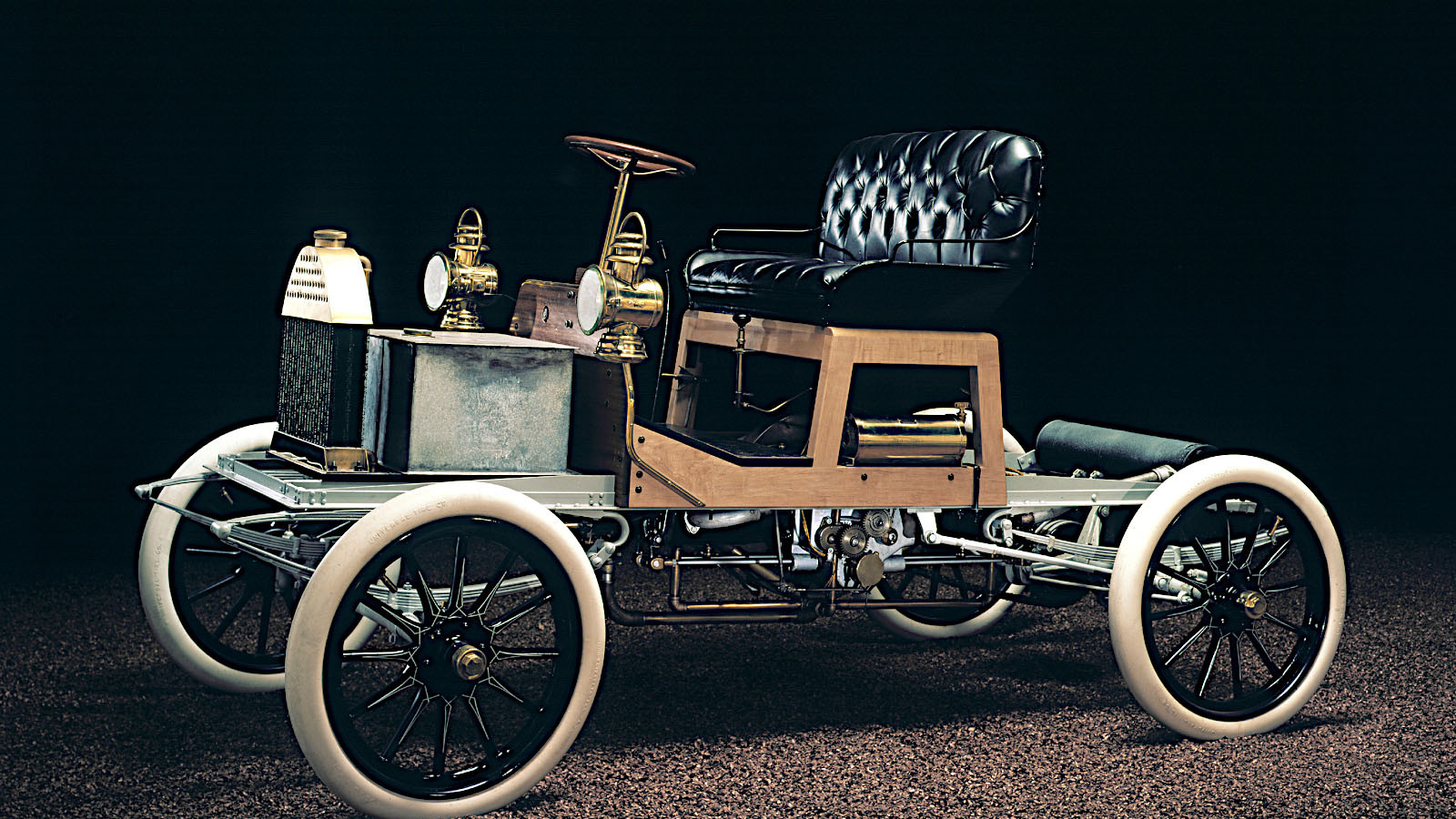 © General Motors
© General Motors -
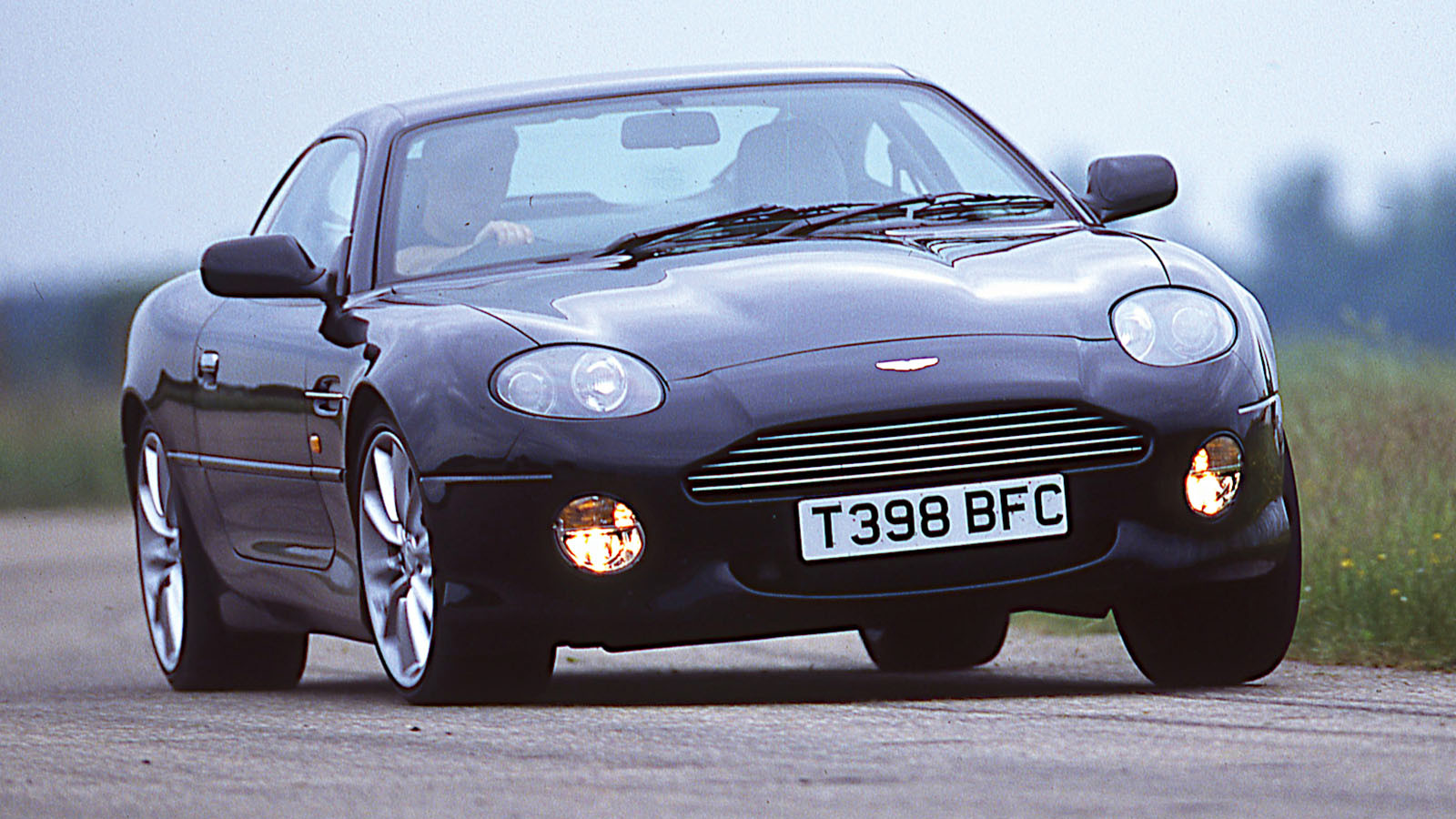 © Tony Baker/Classic & Sports Car
© Tony Baker/Classic & Sports Car -
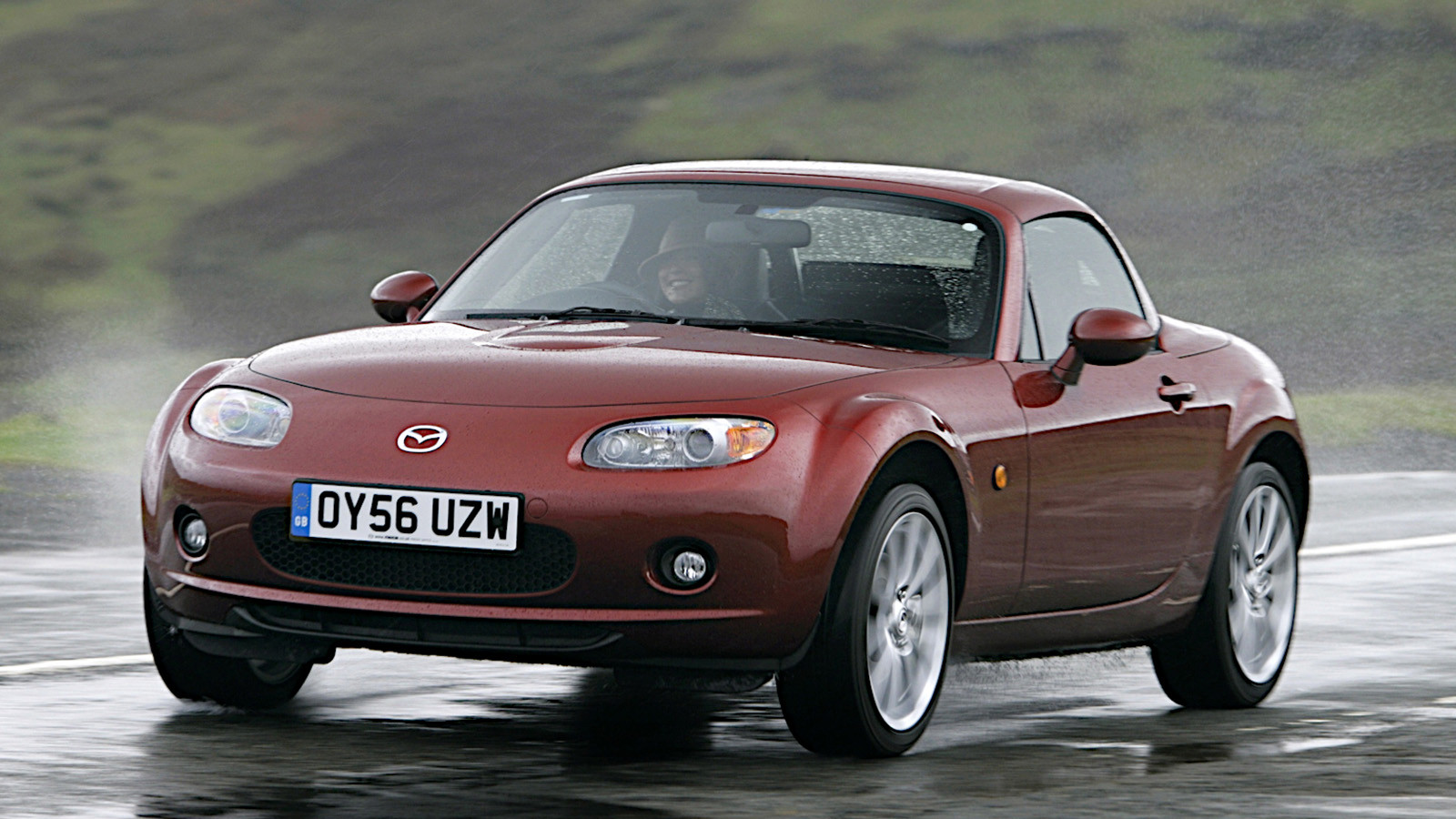 © Mazda
© Mazda -
 © Eric Koch/Creative Commons licence https://creativecommons.org/licenses/by-sa/3.0/nl/legalcode.nl
© Eric Koch/Creative Commons licence https://creativecommons.org/licenses/by-sa/3.0/nl/legalcode.nl -
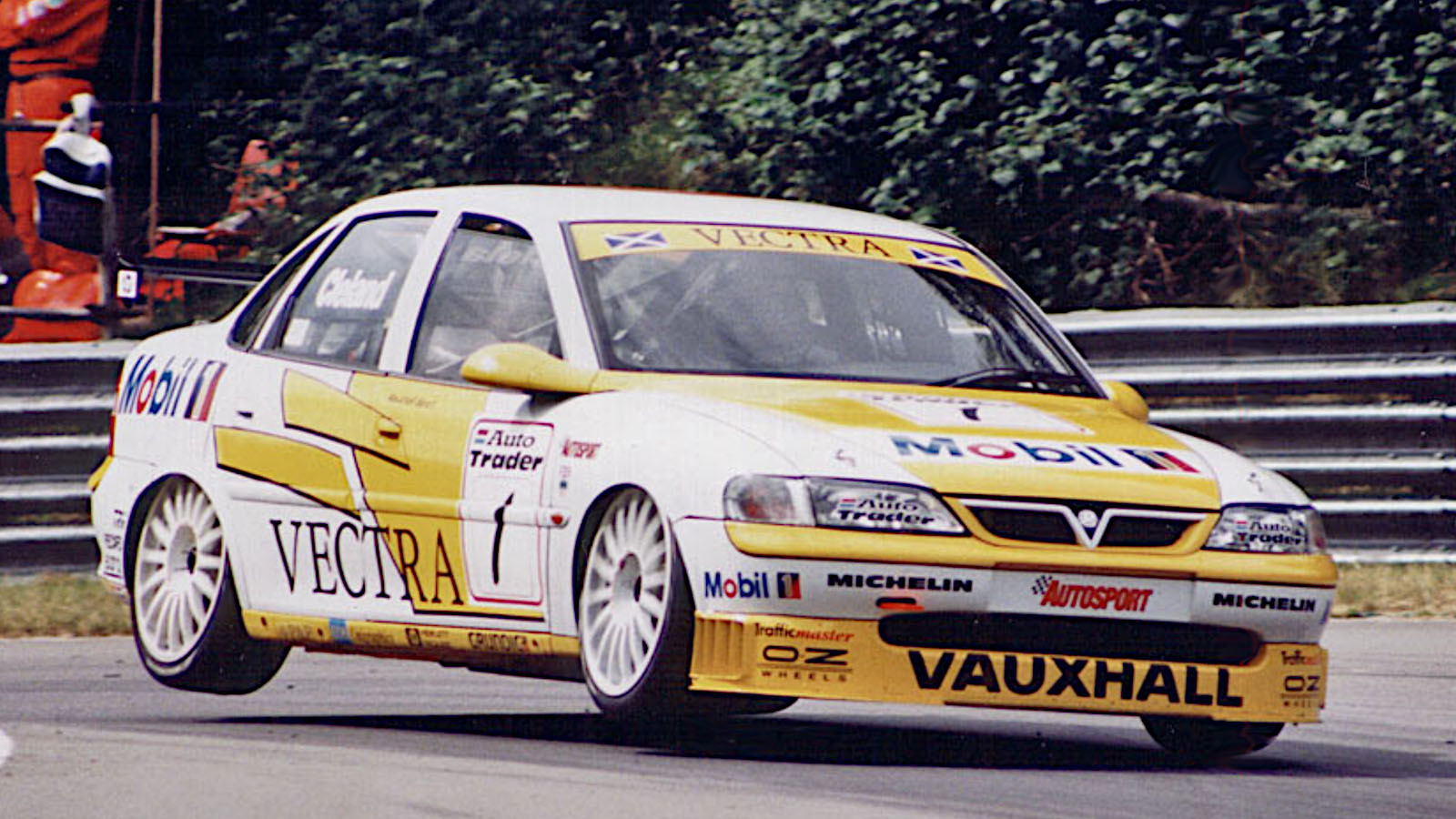 © Tony Harrison/Creative Commons licence https://creativecommons.org/licenses/by/2.0/legalcode.en
© Tony Harrison/Creative Commons licence https://creativecommons.org/licenses/by/2.0/legalcode.en -
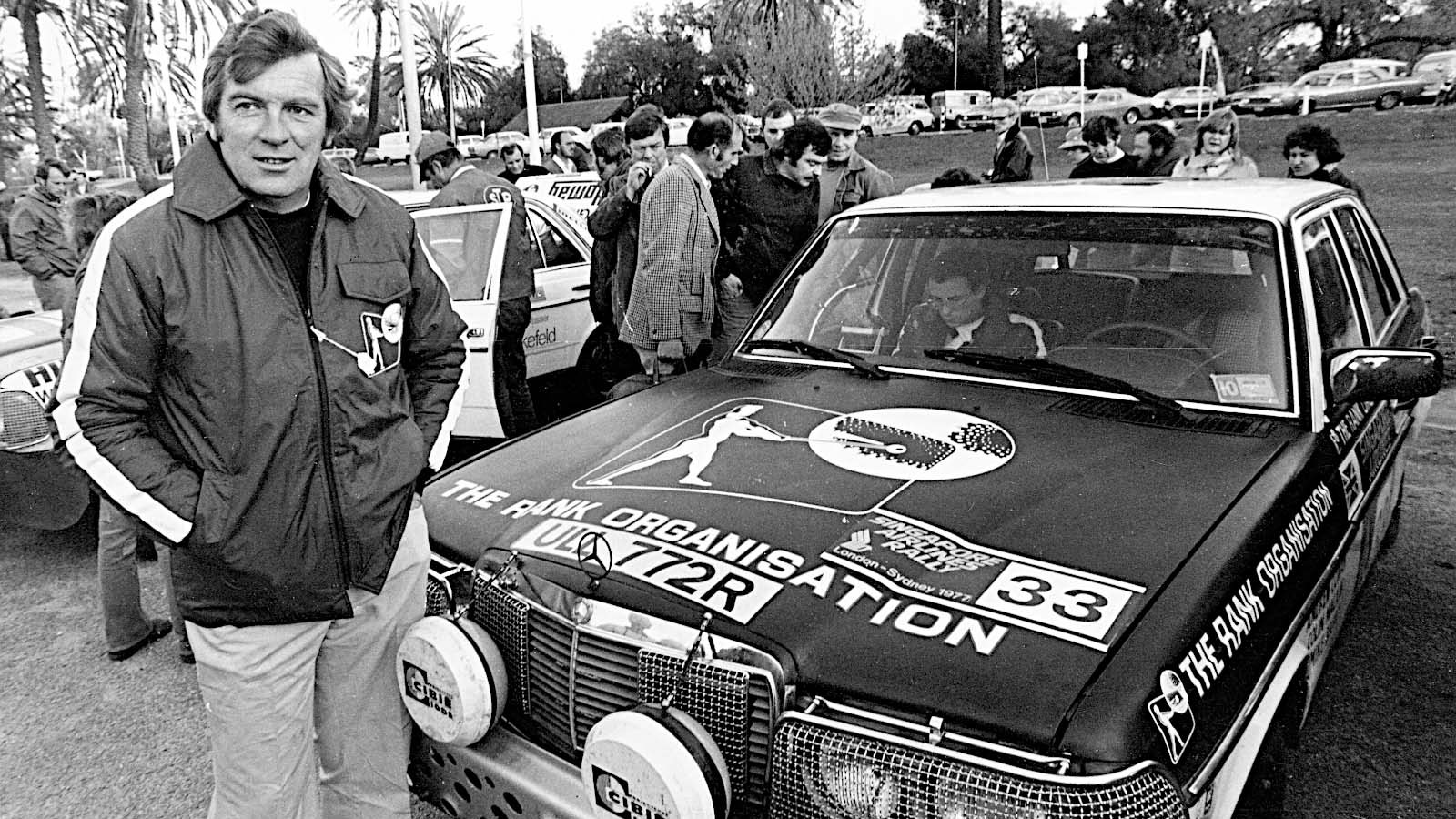 © Mercedes-Benz
© Mercedes-Benz -
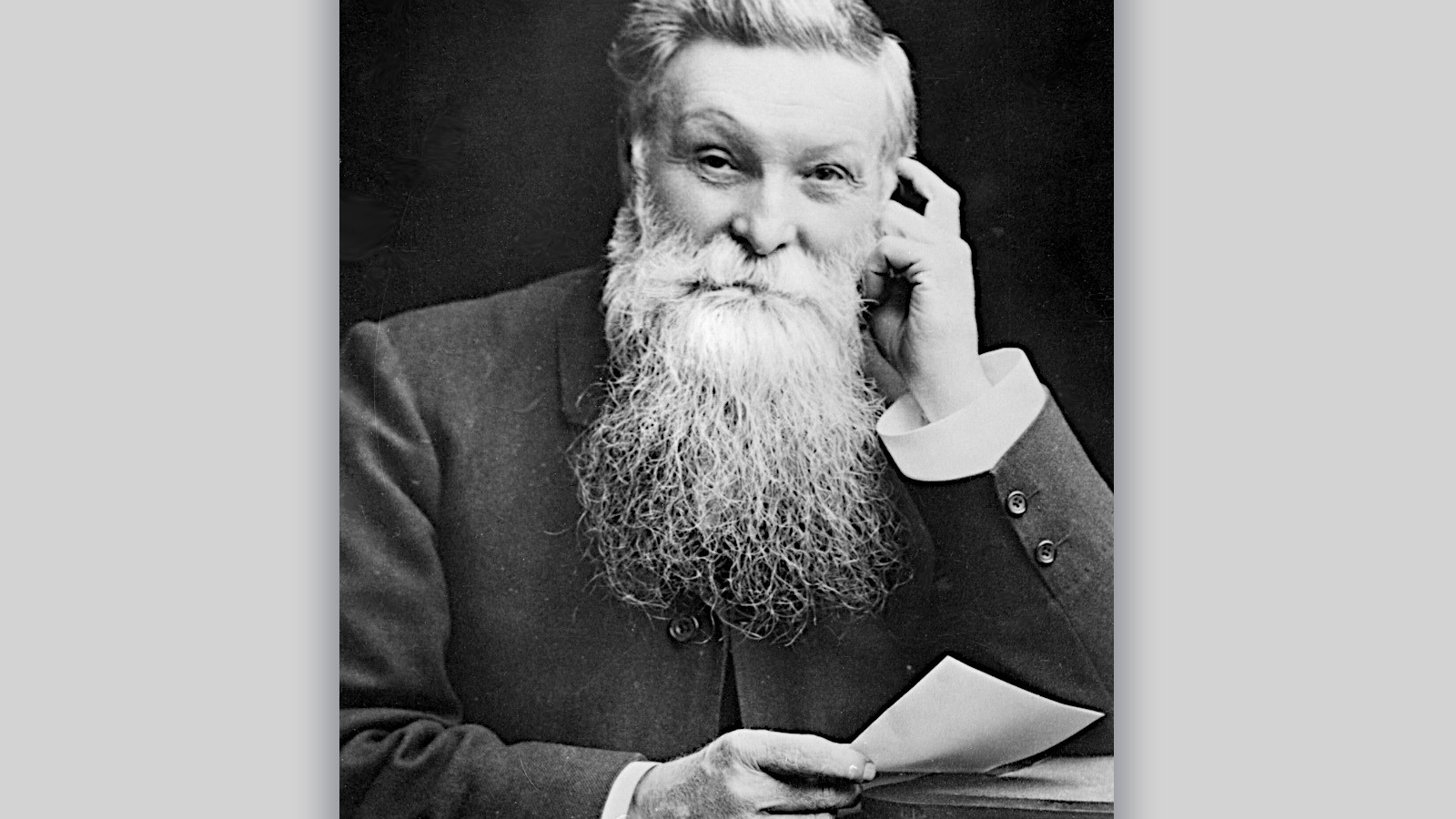 © Public domain
© Public domain -
 © Krzysztof Marek Wlodarczyk/Creative Commons licence https://creativecommons.org/licenses/by-sa/4.0/legalcode.en
© Krzysztof Marek Wlodarczyk/Creative Commons licence https://creativecommons.org/licenses/by-sa/4.0/legalcode.en -
 © Krzysztof Marek Wlodarczyk/Creative Commons licence https://creativecommons.org/licenses/by-sa/4.0/legalcode.en
© Krzysztof Marek Wlodarczyk/Creative Commons licence https://creativecommons.org/licenses/by-sa/4.0/legalcode.en -
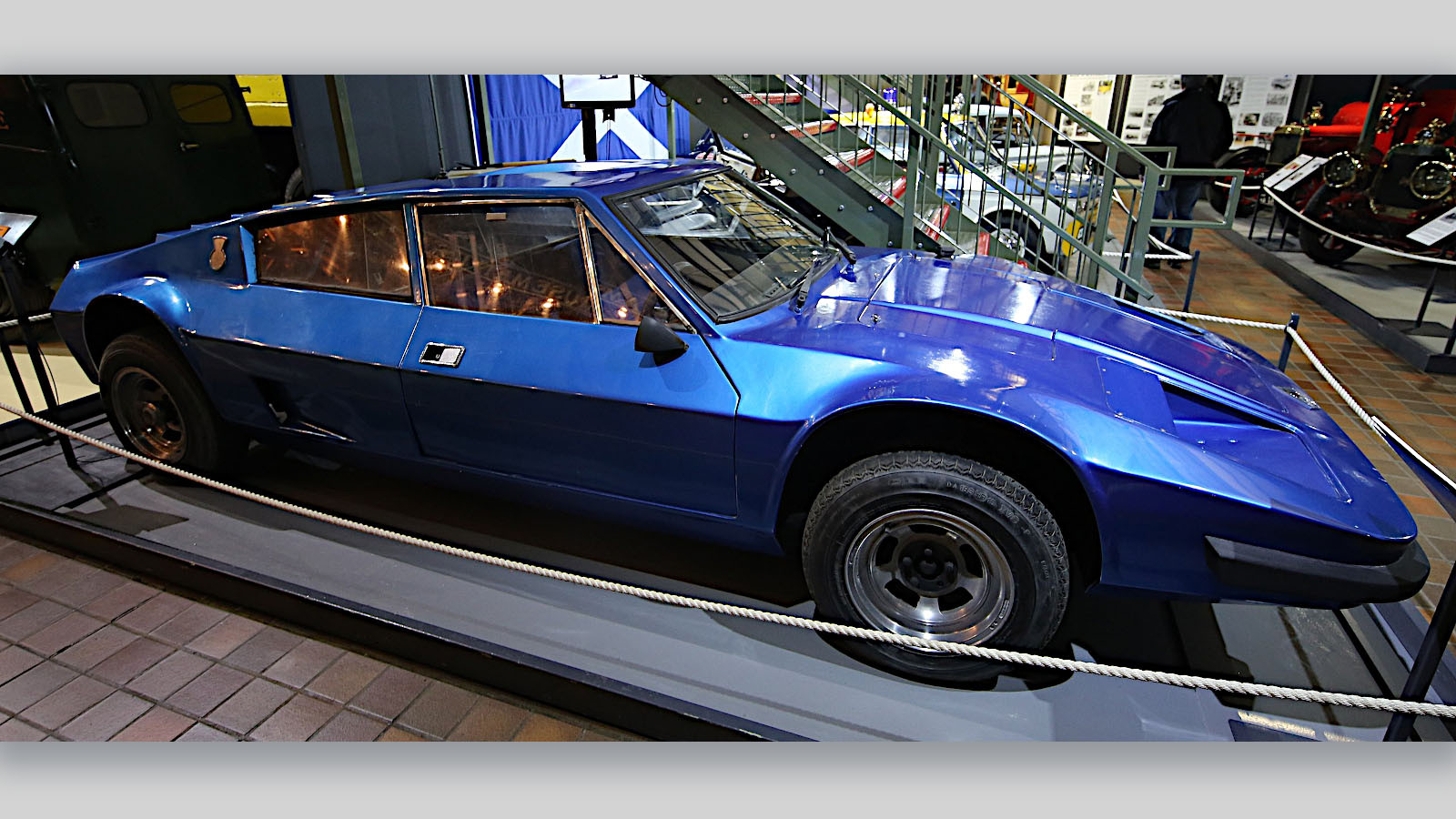 © Geni/Creative Commons licence https://creativecommons.org/licenses/by-sa/4.0/legalcode.en
© Geni/Creative Commons licence https://creativecommons.org/licenses/by-sa/4.0/legalcode.en -
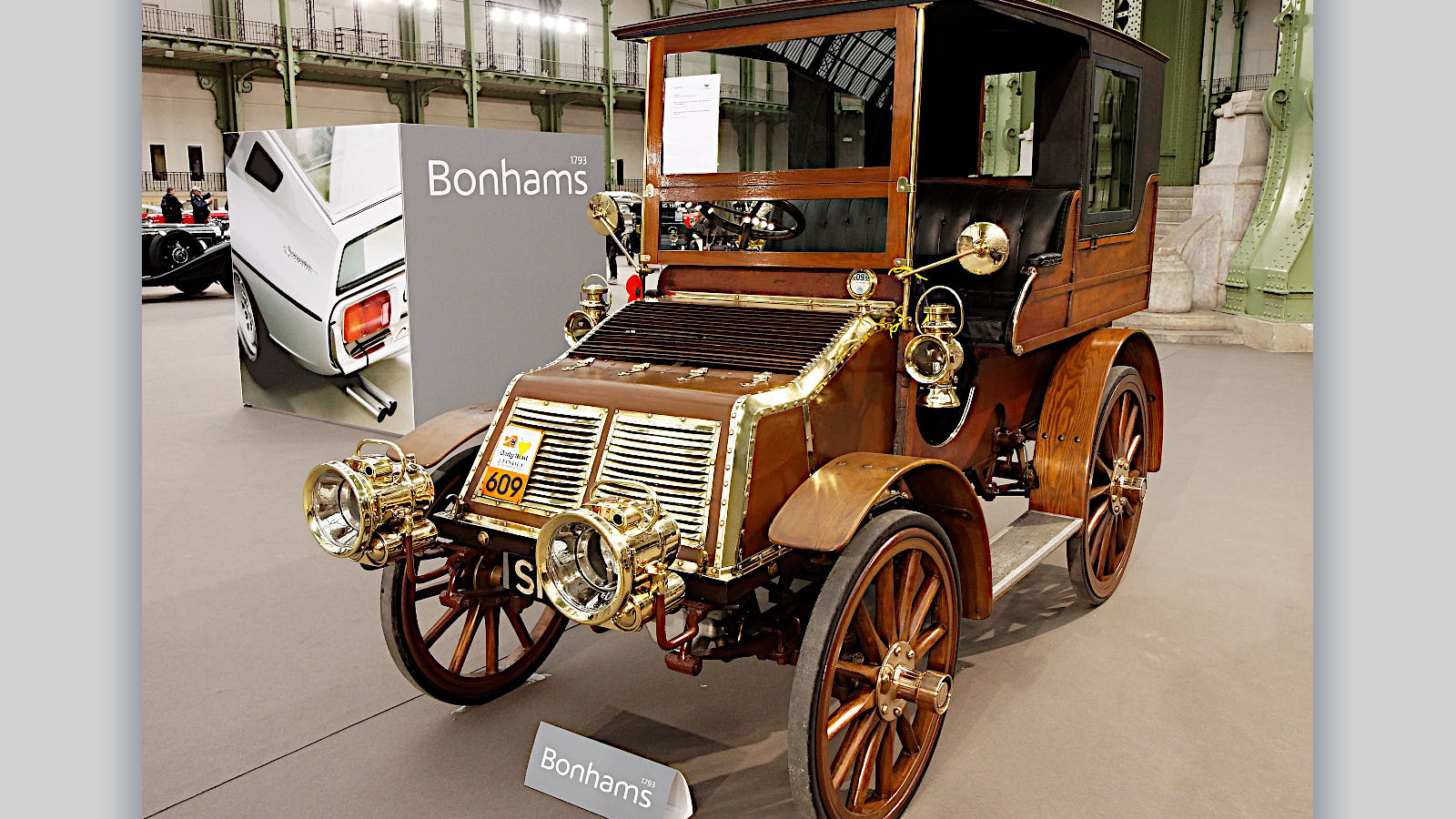 © Thesupermat/Creative Commons licence https://creativecommons.org/licenses/by-sa/3.0/legalcode.en
© Thesupermat/Creative Commons licence https://creativecommons.org/licenses/by-sa/3.0/legalcode.en -
 © Subaru
© Subaru -
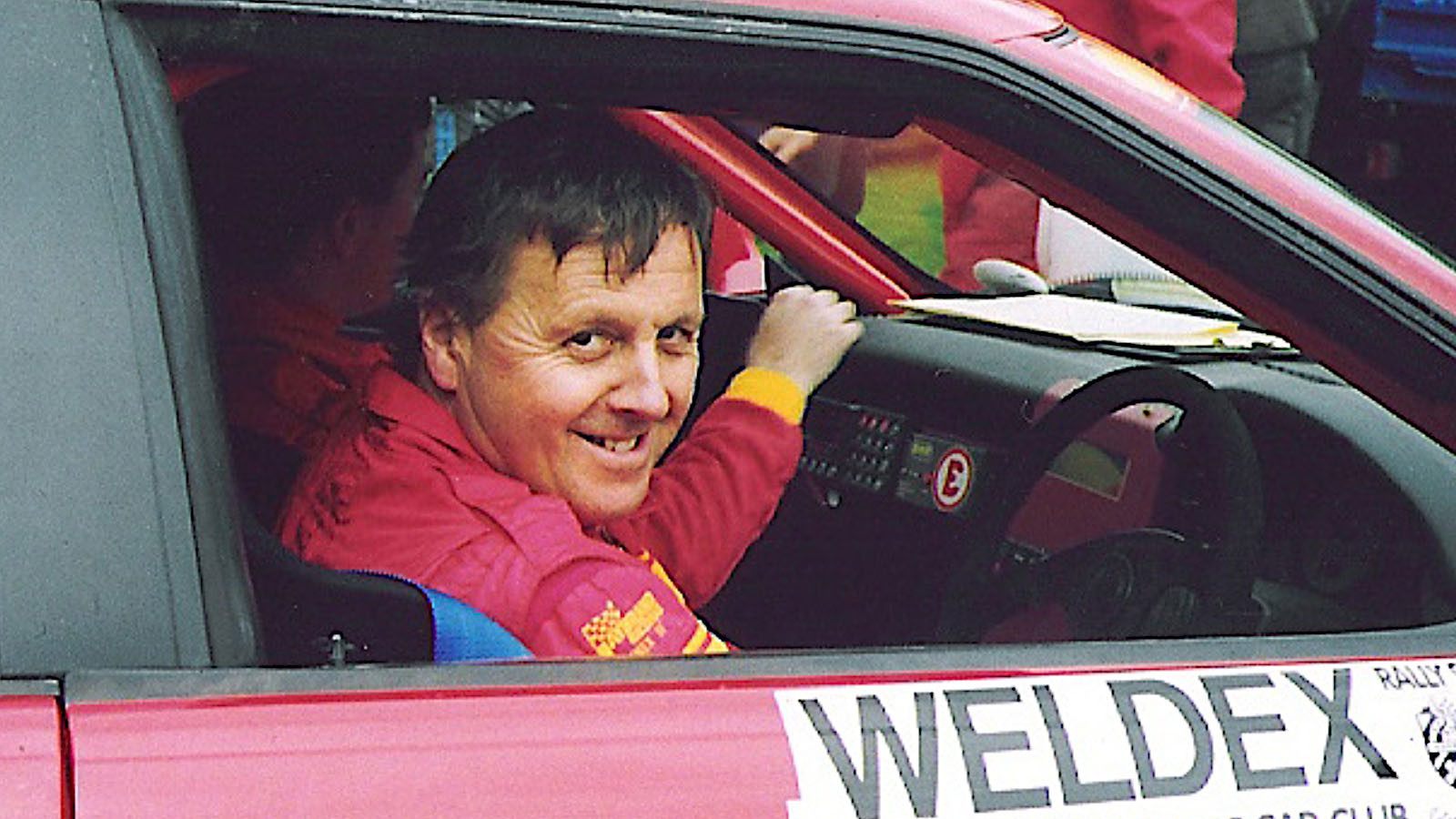 © Dougie Macdonald/Creative Commons licence https://creativecommons.org/licenses/by/3.0/legalcode.en
© Dougie Macdonald/Creative Commons licence https://creativecommons.org/licenses/by/3.0/legalcode.en -
 © Shelsley Walsh
© Shelsley Walsh -
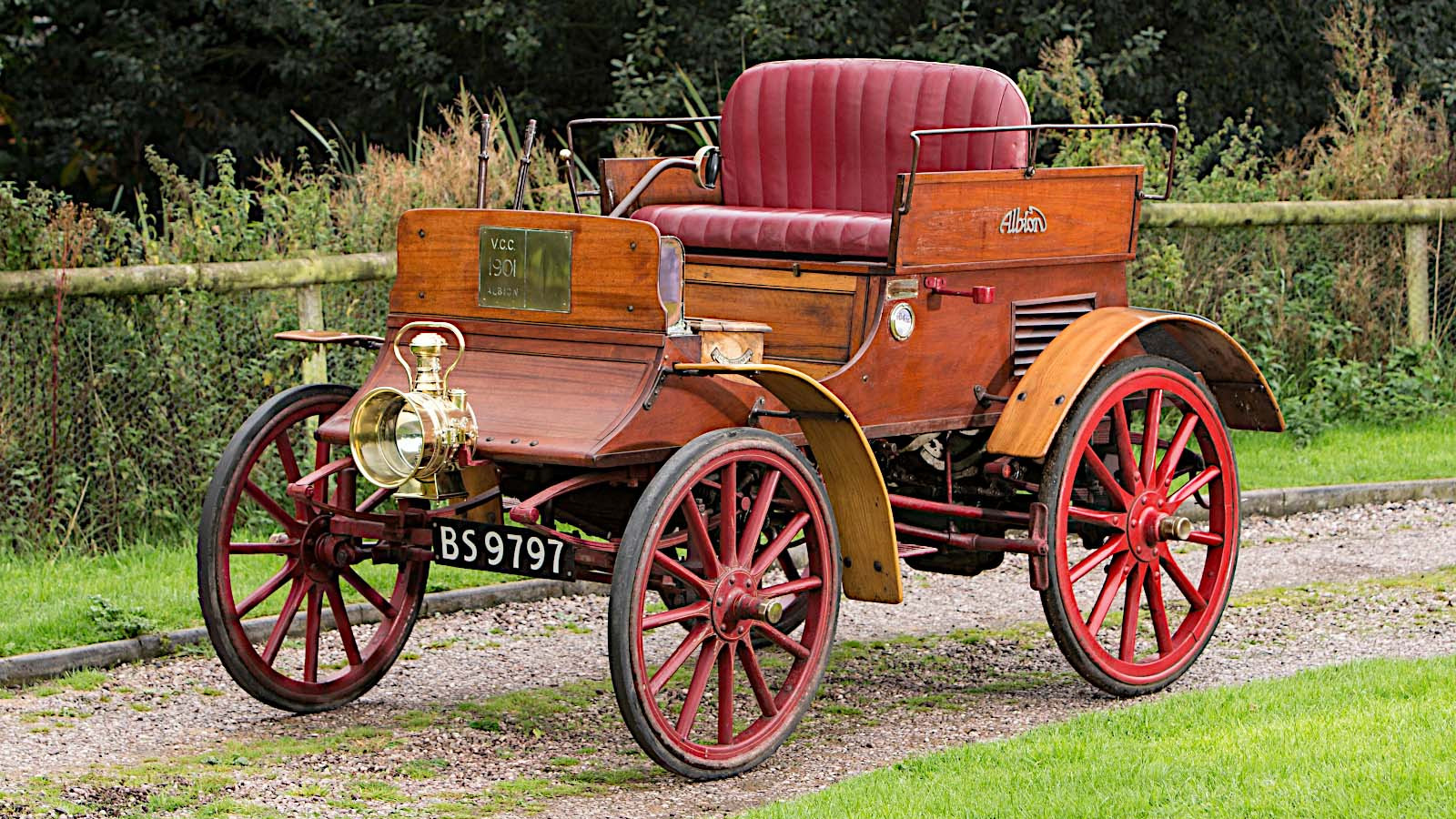 © Bonhams|Cars
© Bonhams|Cars -
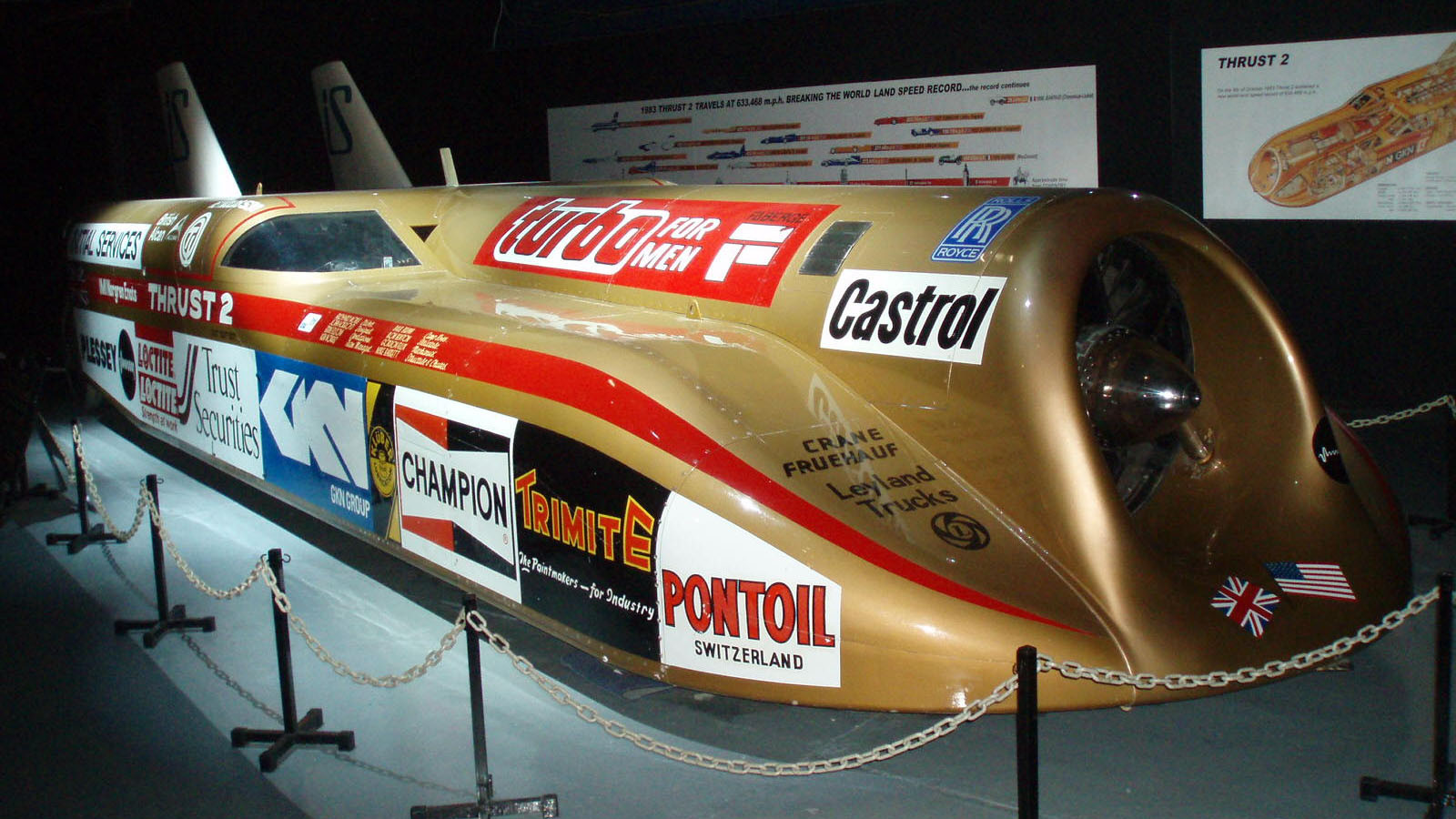 © AJB83/Public domain
© AJB83/Public domain -
 © Fox-Talbot/Public domain
© Fox-Talbot/Public domain -
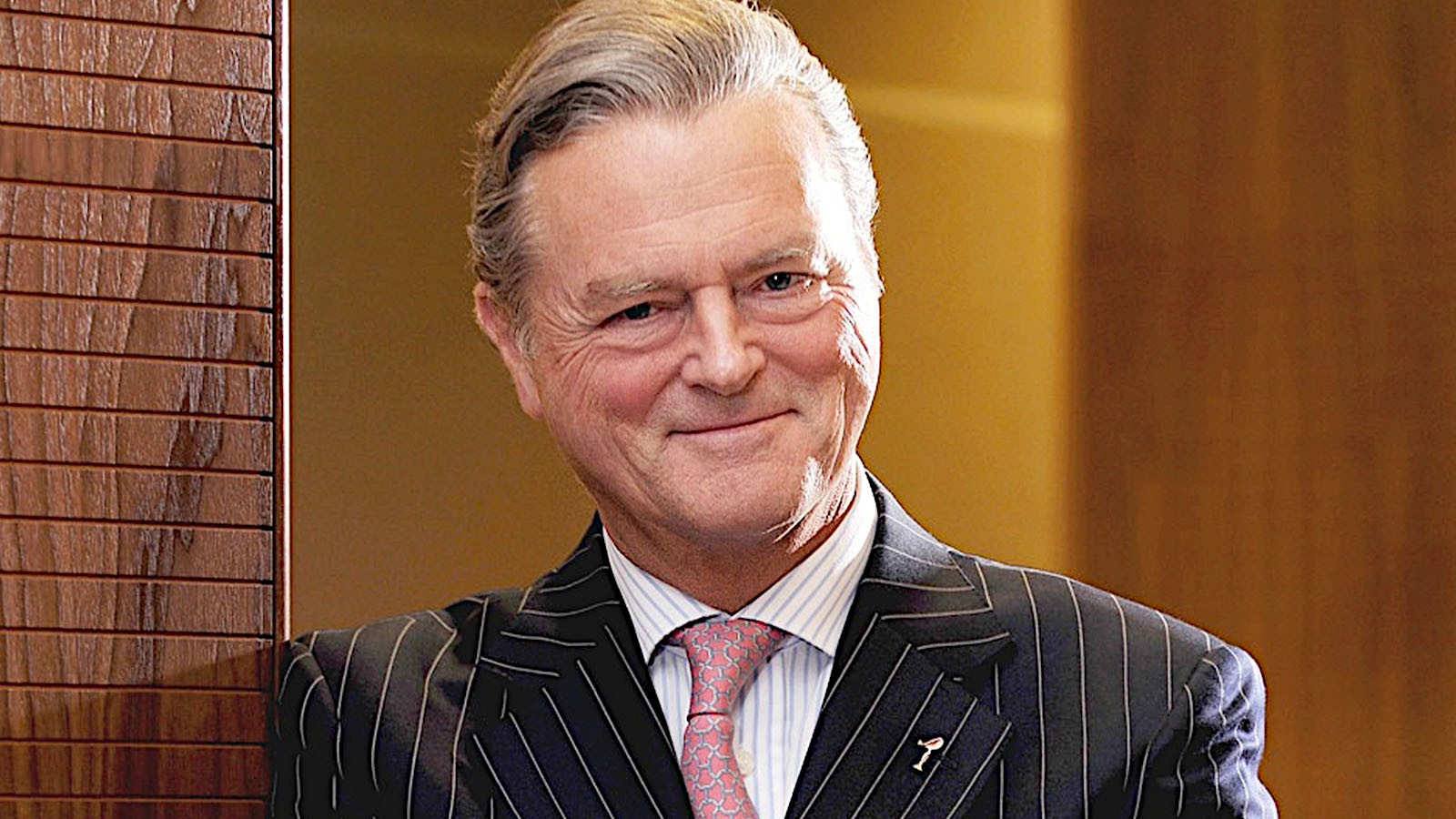 © Rolls-Royce
© Rolls-Royce -
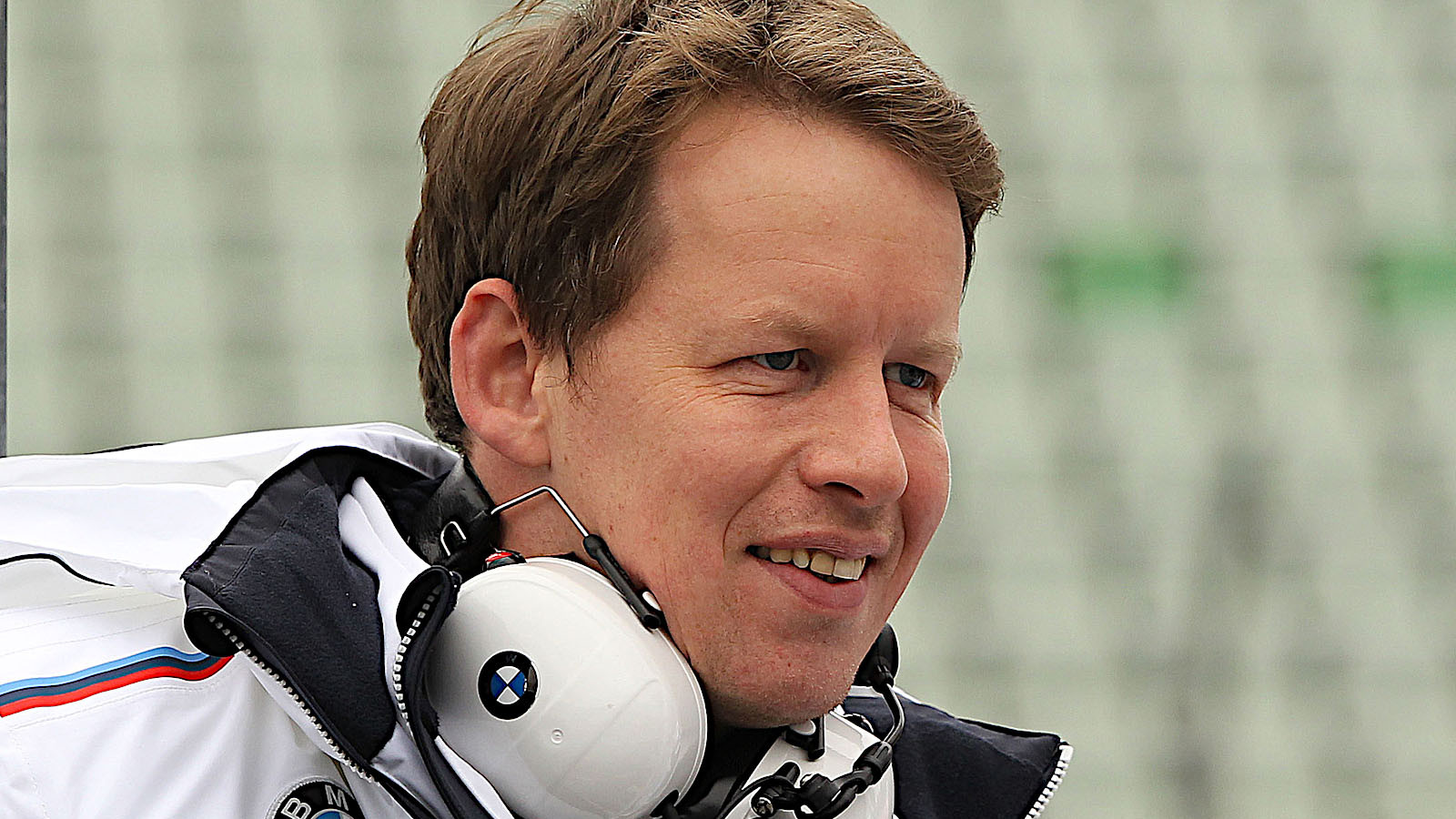 © BMW
© BMW -
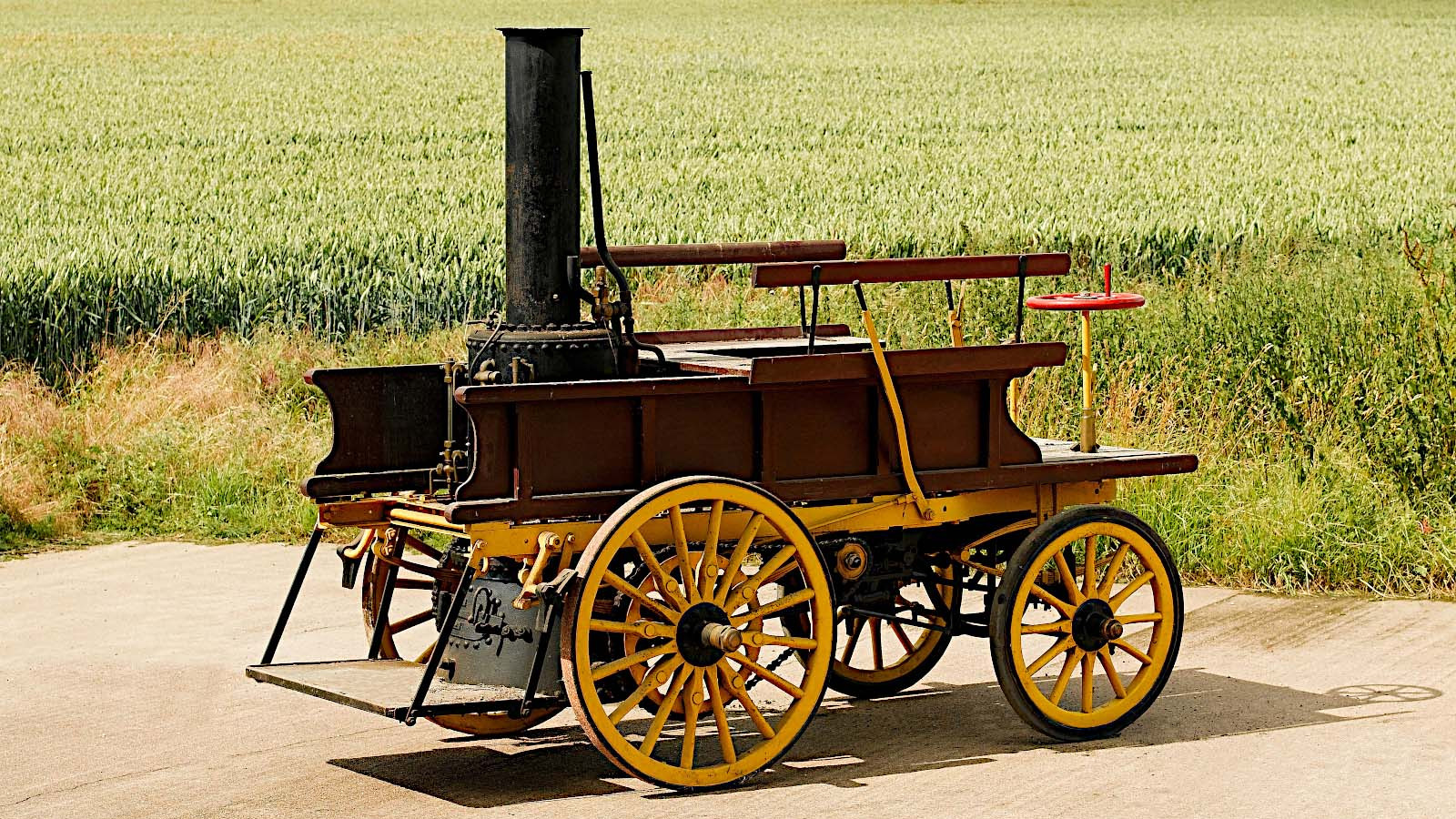 © Bonhams|Cars
© Bonhams|Cars -
 © Tony Baker/Classic & Sports Car
© Tony Baker/Classic & Sports Car -
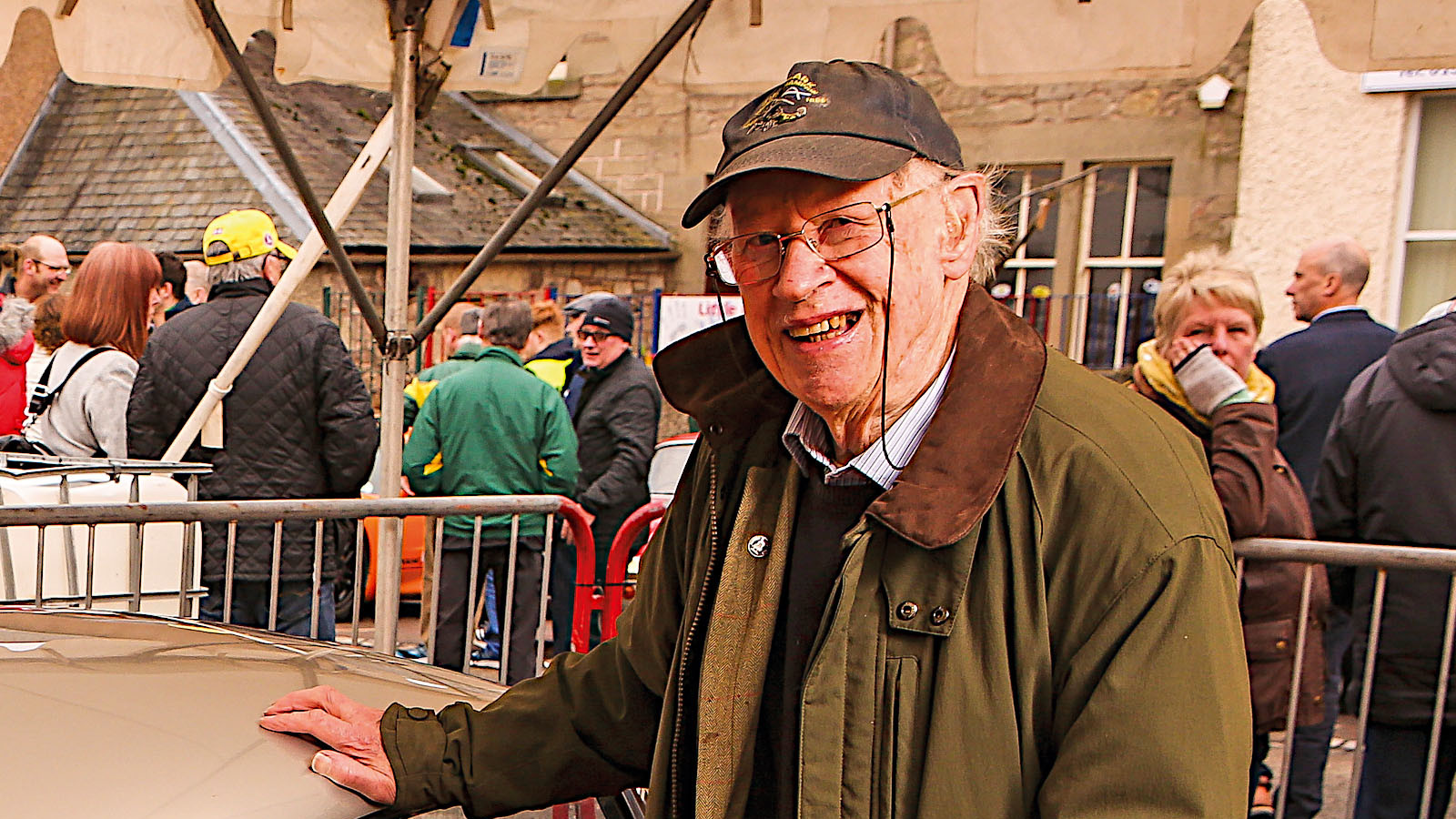 © Tony Baker/Classic & Sports Car
© Tony Baker/Classic & Sports Car -
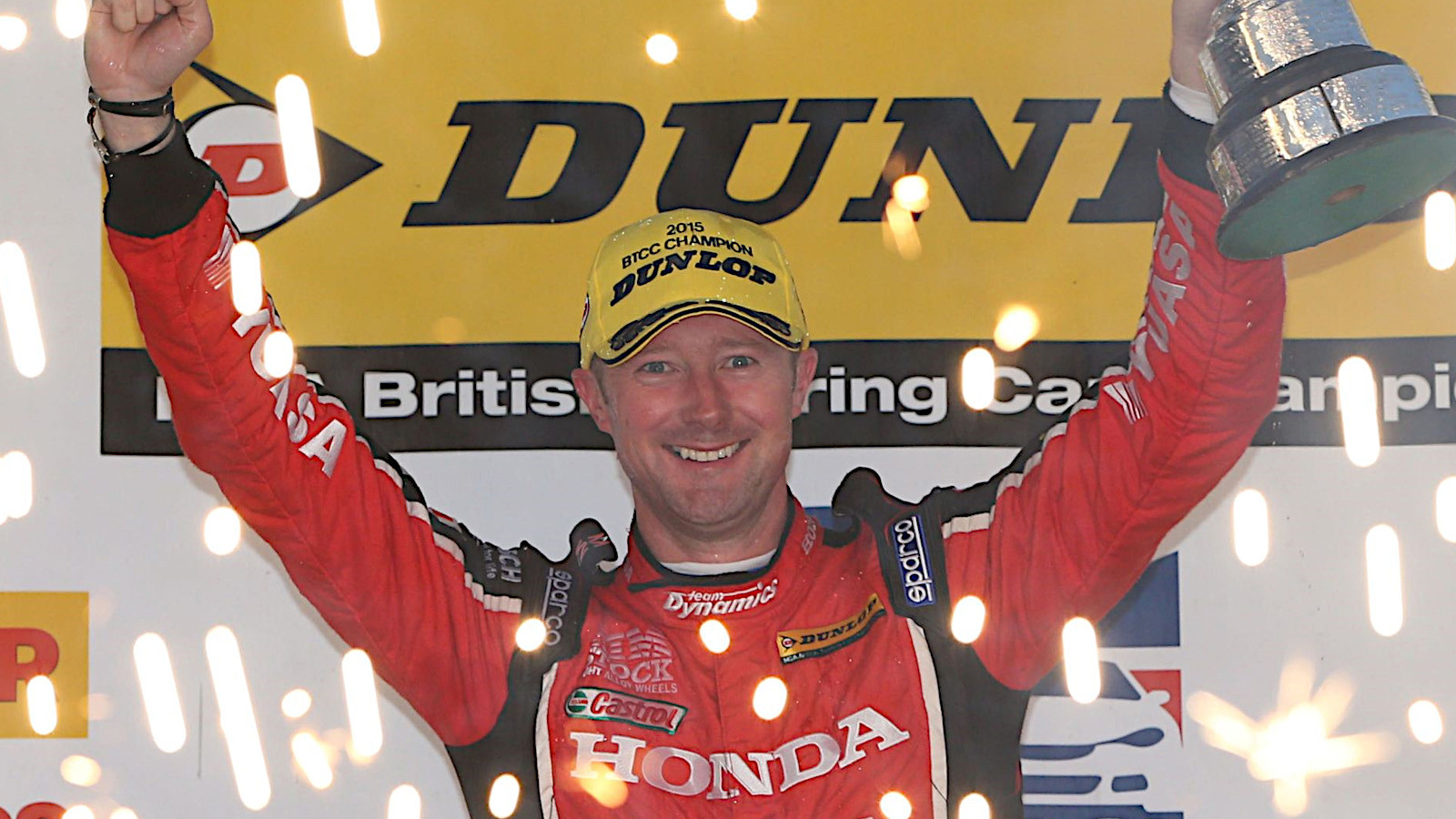 © Honda
© Honda -
 © Tony Baker/Classic & Sports Car
© Tony Baker/Classic & Sports Car -
 © Public domain
© Public domain -
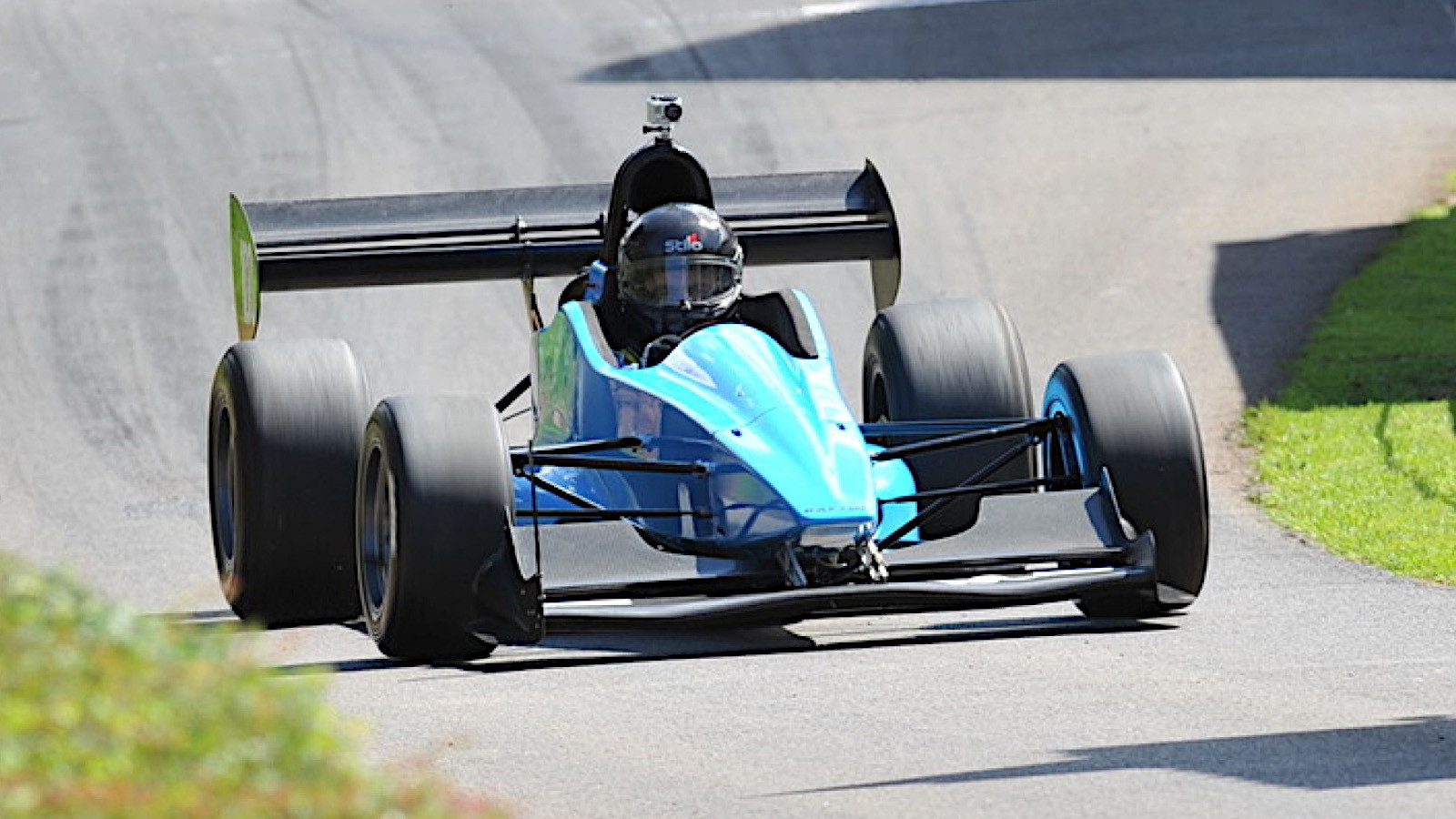 © Shelsley Walsh
© Shelsley Walsh -
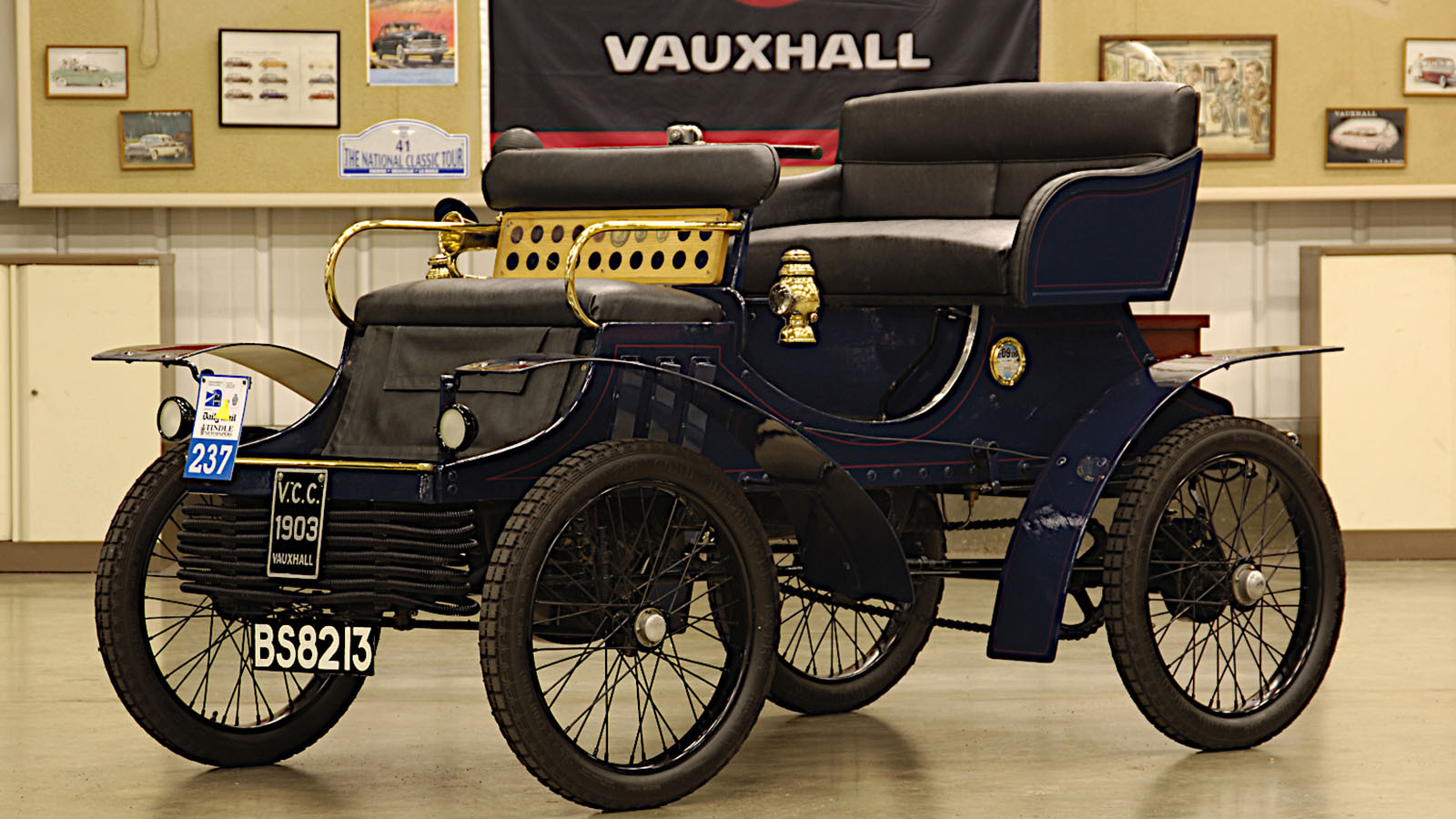 © Stellantis
© Stellantis -
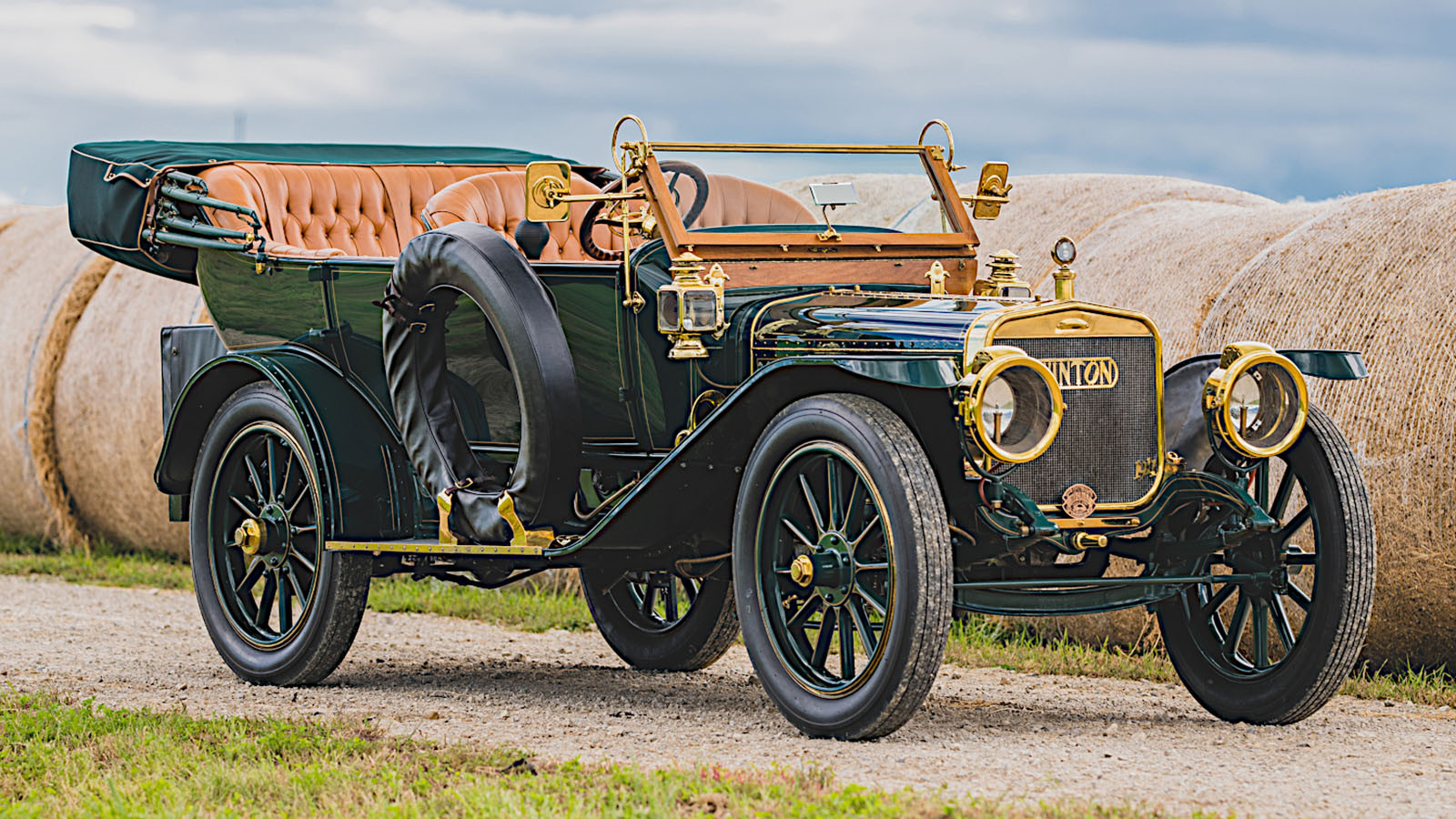 © RM Sotheby’s
© RM Sotheby’s
-
Super Scots
For a country with a population considerably smaller than that of Greater London, Scotland has produced a remarkable number of important figures over the centuries.
Perhaps the prime example is the physicist James Clerk Maxwell, whose pioneering work in electrodynamics was mentioned in the opening sentence of Einstein’s 1905 paper on special relativity.
While not everyone can reach those heights, Scots, and people who achieved fame while living in Scotland, have done significant – and very varied – work related to motoring and motorsport for well over a century.
Here we’re celebrating 30 of them, a number chosen because 30 November is Scotland’s national day, named after St Andrew. They are presented in alphabetical order, by surname.
-
1. Louise Aitken-Walker
Born in Duns, the then Louise Aitken came to prominence when she won a Ford-sponsored competition to find a new rally driver at the age of 19.
While some winners of competitions like this go no further in the sport (though George Donaldson, another Scot who achieved this several years later, became a World Rally Championship team manager), Louise went on to have a successful career as a driver, mostly in cars which competed for class rather than overall honours.
She is best known for winning the Ladies World Rally Championship in 1990, but one year before that she did a superb job supporting Vauxhall’s effort in the British Touring Car Championship, which was won by her teammate John Cleland in a slightly more highly modified Astra.
She is still active in the motor industry, running a used-car business in the Scottish Borders with her husband, Graham Walker.
-
2. William Beardmore
Our policy of including people who lived and worked in Scotland without necessarily having been born there allows us to mention the first Baron Invernairn, whose family moved from London to Glasgow when he was a child.
His father, also William, took over the Parkhead Forge in Glasgow, and in 1902 the younger William reorganised this into a company bearing his own name, at around the same time that he became a major shareholder in the car manufacturer Arrol-Johnston.
William Beardmore and Company, which manufactured ships, railway locomotives and aircraft, began building cars shortly after the end of the First World War, and was particularly successful in the taxi sector.
The last Beardmore taxi was produced in 1966, three years after the MkVII pictured here and three decades after William Beardmore’s death.
-
3. David Dunbar Buick
It’s unlikely that David Dunbar Buick remembered much about living in Scotland, since his family emigrated to Detroit when he was a toddler, but the fact is that he was born in Arbroath, where a plaque was erected in his honour in 1994.
He began experimenting with cars in the 1890s, and in 1902 he founded the Buick car company, whose first model (the Model B pictured here) went into production two years later.
In 1908, Buick became the cornerstone of William Durant’s General Motors empire, and while many other GM-owned marques have come and gone, this one is still going strong today.
David Dunbar Buick was eased out of his own company at an early stage, and died in a state of near poverty in 1929.
-
4. Ian Callum
Dumfries-born Ian Callum’s career as a designer began at Ford, which he left to join TWR in 1990.
TWR was associated with several manufacturers, and Ian’s most famous work from this period is perhaps the Aston Martin DB7 (pictured).
He then moved to Jaguar, where he was responsible for the marque abandoning its policy of using retro designs for brand-new models.
He has since left Jaguar and set up his own design company, known simply as Callum.
-
5. Moray Callum
For a town with a population of around 30,000 to produce one globally famous car designer is impressive enough, but Dumfries has produced two.
They are even both from the same family, since Moray Callum is Ian’s younger brother.
Having already worked for several western manufacturers, he became head of design at Mazda in 2001, and oversaw projects such as the third-generation MX-5 (pictured).
He then moved to Ford, where he took over as design chief from J Mays in 2013, retiring from that position, and from the motor industry in general, eight years later.
-
6. Jim Clark
James Clark Junior, or JC2 as he was known in the Berwickshire farming community, was an enthusiastic but unambitious competition driver who would probably not have progressed beyond minor events if his friends hadn’t insisted he would be world champion one day.
Jim responded to this with mild derision, but the friends turned out to be quite correct.
Thanks to their efforts, and the support of Lotus founder Colin Chapman, he became one of the most celebrated drivers of the 1960s, winning the Formula One World Drivers’ Championship in 1963 and 1965 (there might arguably have been more titles if his cars had been more reliable), and the Indianapolis 500 in the latter year, among many other achievements.
Jim Clark was killed in a racing accident at Hockenheim in 1968, and is still celebrated locally nearly six decades later by means of a museum and related bistro in Duns, and a 50-mile trail over public roads he knew well.
-
7. John Cleland
Famous for what is described on his website as a ‘reluctance to keep his thoughts to himself in the heat of the moment’, Wishaw’s John Cleland competed in sprints, hillclimbs, circuit races, rallies and autocrosses in the 1970s, before moving into Production Saloon racing in 1979.
He later graduated to Thundersaloons as a works Vauxhall driver, winning the British title in 1986 and 1988, and won the then class-based British Touring Car Championship in an Astra in 1989.
Six years later, when the BTCC had changed to a single-class format, he won again in a Cavalier, and subsequently made several appearances in the Bathurst 1000, finishing second in 2002, and in GT cars.
Despite being associated with General Motors for most of his career, his day job consists of selling Volvos from his successful dealership in Galashiels.
-
8. Andrew Cowan
The fourth Borderer on our list was a good friend and almost exact contemporary of fellow farmer Jim Clark, but despite performing well in occasional circuit races he greatly preferred the sport of rallying.
He particularly excelled in long-distance events, winning the London to Sydney Marathon in 1968 and 1977, and the Southern Cross every year from 1972 to 1976.
Andrew developed a close relationship with Mitsubishi, and ran the Japanese company’s Ralliart team during the period when its lead driver Tommi Mäkinen won the World Rally Championship from 1996 to 1999 inclusive.
He died in hospital in October 2019, having survived Jim Clark by more than half a century.
-
9. John Boyd Dunlop
John Boyd Dunlop lived most of his life in Ireland, but he was born in Ayrshire and remained in Scotland throughout his youth.
Professionally a veterinary surgeon, he was also an inventor, and is best known in that respect for having developed a pneumatic rubber tyre in the late 1880s.
As we’ll see, he didn’t get there first, but his version was adopted by the recently established bicycle racing community, and became extremely popular.
Very early cars were often fitted with solid tyres, but the pneumatic ones were soon found to be superior and have been used universally for more than a century.
-
10. Norman Osborne Fulton
In a situation unlikely to be repeated any time soon, Scotland was the home of three major car manufacturers around the turn of the 20th century.
Norman Fulton had the unusual, though not unique, distinction of being involved with two of them.
In 1895, he joined his cousin, George Johnston, at Glasgow-based Arrol-Johnston, but four years later he and Thomas Blackwood Murray co-created the rival firm of Albion in another part of the city.
Albion built several models of car before the First World War (1904 16hp Wagonette pictured here) and a few after it, but later specialised in the production of commercial vehicles.
-
11. Alex Govan
At the end of the 19th century, Alex Govan created an engineering company which soon began producing cars known as Argyll.
By 1905, three years after the 8hp pictured here was built, it was doing well enough to create a magnificent factory (whose façade and central staircase still stand) in the town of Alexandria, near the southern end of Loch Lomond.
Despite this display of wealth, Argyll had a troubled existence and gradually faded from view in the late 1920s.
By that time, Alex himself was long gone, having died while still in his 30s in Helensburgh, the home town (at very different times) of television pioneer John Logie Baird, poet WH Auden and three-time F1 drivers’ champion Jackie Stewart.
-
12. Bob Henderson
Fife-born Bob Henderson’s varied motoring career included developing the Minnow-Fish carburettor and predicting the widespread use of forced induction in standard road cars, many years before this actually happened.
He is perhaps best remembered for creating the second Argyll car company, unrelated to the one established by Alex Govan, and so named at the suggestion of motoring writer and PR company owner Ken McEwen.
The mid-engined Argyll with its spaceframe chassis (prototype pictured) was praised for its handling, though not so much for its appearance or its build quality, which seemed low for the price Bob was asking.
Since it was manufactured in his garage in Lochgilphead, the car was at least built in the region of Scotland called Argyll, which no previous Argyll had ever been.
-
13. George Johnston
As mentioned in the context of Norman Osborne Fulton, George Johnston was the creator of Arrol-Johnston.
The Paisley-based company which built it was initially called the Mo-Car Syndicate, but the cars, and later the business, were known as Arrol-Johnston because Johnston’s partner in the syndicate was fellow engineer (and MP for South Ayrshire) Sir William Arrol.
Under the influence of William Beardmore, who became the major shareholder in 1902, a converted Arrol-Johnston was the first car ever to set wheel in Antarctica during one of Ernest Shackleton’s expeditions, though its usefulness proved to be limited since it sank immediately when an attempt was made to drive it on snow.
Apart from that, Arrol-Johnston was successful for many years, though it did not survive long after a merger with Aster in the late 1920s.
-
14. Colin McRae
Like his father (who we’ll be meeting shortly), Colin McRae started out in motocross before moving into four-wheeled motorsport.
He won the West of Scotland Autotest Championship in a Mini in 1984, at the age of the 16, then progressed to rallying, becoming Scottish Champion in 1988, and British Champion in both 1991 and 1992.
In 1995, he became both the first British driver and (at the time) the youngest driver of any nationality to win the World Rally Championship.
That was his last major title, but he was still a front runner at the highest level until 2003, four years before he was killed in a helicopter crash.
-
15. Jimmy McRae
The senior McRae began rallying in Fords, but in 1976 he was persuaded into Vauxhalls by David Porter, the boss of the Scottish SMT dealer group.
That potential seen in the Lanark-based plumber was soon confirmed, because Jimmy was British Rally Champion five times between 1981 and 1988 (driving first Opels and later Fords), and won the Circuit of Ireland seven times between 1980 and 1989.
He continued competing long after he stopped taking the sport as seriously as he once had, and won his class in the 2024 Grampian Forest Rally at the age of 80.
Although he is widely known as Jimmy McRae, his family and friends always call him Jim, with the single exception that when his wife Margaret refers to him as James, “I know I’ve done something wrong”.
-
16. Wallace Menzies
Wallace Menzies is well known in the business world as the current owner of the nearly century-old Tillicoultry Quarries, and within motorsport as one of the UK’s most successful hillclimb drivers.
After early outings in road cars, he switched to single-seaters, and has achieved his finest results in a Gould GR59 powered by a 3.3-litre V8 engine (a non-turbo derivative of the Cosworth XD originally developed for IndyCar racing) and run by a formidably capable team.
Despite facing fierce opposition in an extremely competitive era of hillclimbing, he became British champion for the first time in 2019, and defended the title in each of the next three seasons.
He is therefore one of only two drivers (the other being Ken Wharton) to have become British Hillclimb Champion four times in a row, and will probably be the only ever to do this in non-consecutive years, since the series was abandoned in 2020 due to the COVID-19 pandemic.
-
17. Thomas Blackwood Murray
Along with Norman Osborne Fulton, Thomas Blackwood Murray, of Biggar in Lanarkshire, began his motor-industry career at Arrol-Johnston before founding the Albion company.
A qualified engineer, he was more involved with the mechanical design of the cars than Norman Fulton, and had an important backer in the form of his father, architect John Lamb Murray, who supplied three-quarters of Thomas’ £2000 investment in the new firm and allowed development work to take place in his workshop.
John also purchased its first car, which was loaned by the National Museum of Scotland to the Biggar and Upper Clydesdale Museum in 2020.
Thomas was a contemporary of, but not the same person as, another Thomas Blackwood Murray of Biggar, who was part of the gold-medal-winning curling team at the 1924 Olympics.
-
18. Richard Noble
Richard Noble has spent most of his life living in England, but he was born in Edinburgh, and as a young child watched John Cobb’s attempt at raising the world Water Speed Record on Loch Ness.
Because that attempt was fatal for Cobb, it might have put Richard off record breaking forever, but in fact he was inspired to try it himself.
In 1983, he beat Gary Gabelich’s long-standing Land Speed Record with a two-way average of 633mph in the jet-powered Thrust2 (pictured), and later established the twin-jet Thrust SSC project, though this time he left the driving to Andy Green.
Thrust SSC raised the mark by a very long way to 763mph, making it the first and so far only car widely attested (there being some doubt about the performance of the Budweiser Rocket) to travel faster than the speed of sound.
-
19. Dorothée Pullinger
Although Dorothée Pullinger was born in France and educated in England, and spent her later life in Guernsey, her contributions to the motor industry took place entirely in Scotland.
Her family moved there when her father Thomas, formerly of Darracq, Sunbeam and Humber, took on new employment at Arrol-Johnston in 1910.
Dorothée joined the company at the same time, and 10 years later she became the director of its new subsidiary marque, Galloway, which not only marketed its cars specifically to women, as Maxwell had previously done in the US, but also had a predominantly female workforce.
Galloway cars (1924 10/20 pictured) were notable for their reliability, practicality and convenience, which made them appealing to any driver regardless of sex, and they might have been followed by other impressive models if Arrol-Johnston hadn’t folded.
-
20. Tom Purves
Like Richard Noble, Purves was born in Edinburgh, where he attended Daniel Stewart’s College (since merged with Melville College and Mary Erskine School).
His first job was as an apprentice at Rolls-Royce, through whose ranks he rose to become sales director before leaving after 19 years to join BMW.
He spent two decades there, during which time he was also on the board of BMW-owned Rover, before returning to Rolls-Royce, retiring as chief executive in 2010.
Tom was also chairman of the Royal Automobile Club, and competed in motorsport on an amateur basis, initially in karts and much later in a Triumph TR3A.
-
21. Stuart Robertson
Born into a motorsport family (his father David and uncle Grainger have both been competing since the 1960s), Stuart raced a Van Diemen in the Scottish Formula Ford Championship for several years but found a career as an engineer rather than a driver.
After gaining master’s degrees at both the University of Strathclyde (not far from his home town of Paisley) and Cranfield University, he joined Scuderia Ecosse in 2004, and four years later entered the world of the DTM (the German Touring Car championship).
His final post in that series was as chief engineer for Schnitzer Motorsport, for whom Bruno Spengler won the title in 2012.
His engineering career came to an end in 2017 when he was appointed Head of Circuit and Rally Safety for the FIA, one of the most important imaginable jobs in the sport.
-
22. Henry Salvesen
Although he was of Norwegian descent, Henry Salvesen was born in Polmont and spent his whole life in Scotland.
He was professionally involved in shipbuilding rather than the motor industry, but built his own car in the astonishingly early year of 1893, when Benz and Peugeot were less than a decade old, Daimler had not yet been founded and there were no Scottish manufacturers at all.
He chose steam power for his vehicle, not as strange a choice then as it would be now, because there was no agreement at the time on whether steam, electricity or internal combustion was the way forward.
His steamer was part of John Cuthill Sword’s enormous car collection in Ayrshire for many years, and is now owned by Duncan Pittaway.
-
23. Archie Scott Brown
Born in Paisley, Archie Scott Brown was one of the UK’s finest sports-car racers in the 1950s, despite the fact he was also severely disabled.
Very short legs (which required multiple operations before he was able to walk) and a not fully formed right hand appeared to have no effect on his driving ability, as was shown by a series of tremendous results in Lister cars similar to the one pictured here.
These included winning – in both 1955 and 1957 – the prestigious British Empire Trophy race, a feat also achieved by such greats as John Cobb, Richard Seaman and Stirling Moss.
At Spa in 1958, he was the first driver to encounter a piece of track suddenly made wet by a shower of rain, and died at the age of 31 as the result of injuries sustained in the accident which followed.
-
24. Ian Scott-Watson
Going by the surname Scott Watson for most of his life (the family added the hyphen relatively recently), Ian was one of the first people to identify Jim Clark as a potential world champion, and the first to do anything about it.
He first loaned Jim Clark his own cars to compete in, then bought two Lotus Elites in succession (the second of which ran at Le Mans in 1959) for his friend to race and himself to use on the road, and finally became Jim Clark’s unofficial manager before being eased out of that position, though not by Jim’s wish.
These are the things Ian is most famous for in the world of motorsport, but he was also a key member of the Scottish Motor Racing Club, ran the revitalised Border Reivers team and designed the Ingliston circuit near Edinburgh which was, for several years, the only venue in Scotland where racing could take place.
He died at the age of 93 in May 2023, coincidentally in the same hospital as Andrew Cowan.
-
25. Gordon Shedden
After racing karts for several years, Gordon Shedden made his car debut in a Ford Fiesta at Knockhill, where he later became Business Development Manager.
He rose through the ranks of saloon-car racing and latterly established himself in the British Touring Car Championship, which he won in various Honda Civics in 2012, 2015 and 2016.
He is only the third Scottish champion in the long history of the BTCC, having been preceded by Jim Clark and John Cleland.
Now less active in contemporary motorsport, he is still seen regularly driving classic cars with considerable vigour and success at the Goodwood meetings.
-
26. Jackie Stewart
Jackie Stewart’s first sport was shooting, in which he almost qualified to compete in the 1960 Olympics, but he moved into motorsport after being offered test drives by Barry Filer, a customer of his father’s Jaguar dealership in Milton, a few miles west of Glasgow.
He rose through the ranks astonishingly quickly, reaching the F1 world championship in 1965 and winning it in 1969, 1971 and 1973.
The third of those victories temporarily put Scotland equal first with Argentina in terms of F1 championship titles on five each, ahead of England on four, and Australia and Italy on three each.
Already a strong (and initially very unpopular) advocate for safety in motorsport, Jackie Stewart diversified after his retirement from racing into commentary, various business interests and more recently campaigning for a cure for dementia.
In 1971, he was created an Officer of the Order of the British Empire (OBE), before in 2001 he received a knighthood, in both instances for services to motor racing.
-
27. Robert William Thomson
When John Boyd Dunlop was inventing his pneumatic tyre, he was unaware that another Scot had already been issued with a patent for the same thing.
Robert William Thomson of Stonehaven, a few miles down the east coast from Aberdeen, came up with the ingenious idea – one of many in a brilliant career – as a way of making carriages both quieter and easier to pull.
His influence on the motor industry is indirect because he died in 1873, before cars as we know them existed, and did not have John Boyd Dunlop’s advantage of being around at the time of the boom in cycling.
His daughter Elspeth married Kenneth Grahame, author of The Wind in the Willows, whose lead character Toad is perhaps the most famous car enthusiast in children’s literature.
-
28. Graeme Wight Jnr
When a promising young racing driver was involved in a major car accident near his home in Aberdeenshire, there were fears that he would be permanently paralysed and unable to compete ever again.
Somehow ‘Junior’ (so named because his father is also called Graeme Wight) recovered, and became one of first Scotland’s and then the UK’s greatest hillclimb drivers.
He became the first Scot to win the British championship in 2001, and repeated the feat the following year, in a Gould fitted with an ex-DTM Opel V6 engine which was very much less powerful than the V8s used by most of his competitors.
He has since become a manufacturer of cars designed by Martin Ogilvie, including the initially V10-engined Predator (now running a smaller V8), and, more recently, the extraordinarily fast Raptors, which are powered either by Suzuki Hayabusa engines or, in the case of the car pictured here, a 1-litre BMW unit.
-
29. Alexander Wilson
The very long history of the Vauxhall marque began in 1857, when Alexander Wilson established a company in London to manufacture pumps, steam engines and other products.
The company later became known as the Vauxhall Iron Works, and although Alexander remained involved for some time he left in the 1890s, and died shortly before the first Vauxhall car went into production in 1903.
He is described as a Scottish engineer, but with the passage of time it has become almost impossible to determine who he actually was.
It’s possible that he was born in Berwickshire, but even this does not reduce the list of candidates to a single person.
-
30. Alexander Winton
It’s an easy walk from Polmont, the birthplace of Henry Salvesen, to Grangemouth, where Alexander Winton was born only 15 days later in June 1860, but after this near-coincidence of time and place the two men’s lives diverged considerably.
While Henry Salvesen remained in Scotland and built only one car, Alexander Winton moved to the US and built a great many cars (1911 Model 17B pictured), having previously been engaged in the manufacture of bicycles.
The Winton Motor Carriage Company did not survive the 1920s, but it was one of the American industry’s early success stories, partly due to the publicity gained by long-distance trips (a Winton driven by Horatio Jackson and Sewall Crocker became the first car to cross the continent in 1903) and through motor racing.
Alexander Winton also founded a powertrain engineering firm which was sold to General Motors and became the Cleveland Diesel Engine Division.
